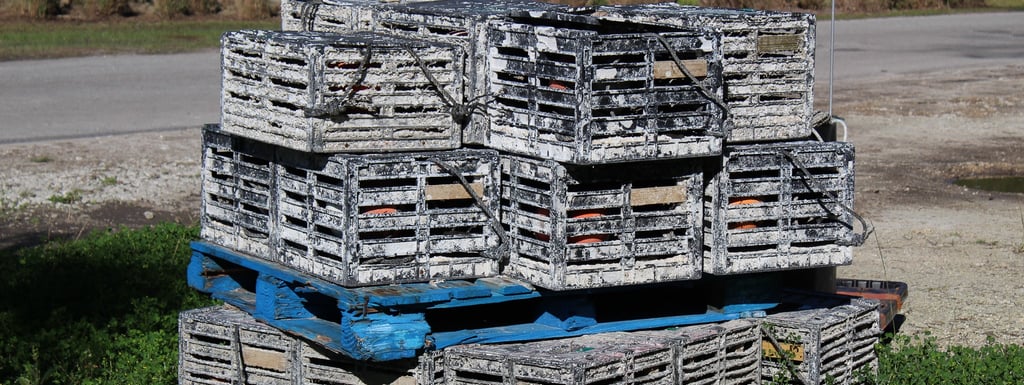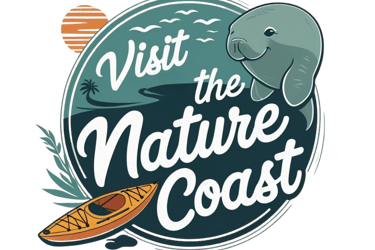Forgotten Fishing Villages of the Nature Coast
Forgotten Fishing Villages of the Nature Coast.Along Florida’s Nature Coast — from Hernando Beach to Cedar Key — small fishing villages once dotted the shoreline like pearls on a rough string. Before condos and chain restaurants arrived, these places were Florida’s lifeblood. Fishermen mended their nets beneath oak trees, shrimp boats swayed in the tide, and families built their lives on what the Gulf could give.


Where Time Moves with the Tide
Along Florida’s Nature Coast — from Hernando Beach to Cedar Key — small fishing villages once dotted the shoreline like pearls on a rough string. Before condos and chain restaurants arrived, these places were Florida’s lifeblood. Fishermen mended their nets beneath oak trees, shrimp boats swayed in the tide, and families built their lives on what the Gulf could give.
Today, many of these communities are fading from memory. Some have disappeared entirely, leaving behind weathered docks, abandoned boats, and echoes of laughter carried on the salt air. Through my lens, I try to preserve what remains — the character, grit, and quiet resilience that define Old Florida.
The Working Coast That Time Forgot
The Nature Coast has always been different from the rest of Florida. While the south became known for beaches and theme parks, this region kept its roots in the water — the kind of water you don’t wade into for fun, but to make a living.
In places like Aripeka, Ozello, and Yankeetown, families once hauled in mullet, scallops, and shrimp by the bucketload. Wooden skiffs lined the canals. Small general stores doubled as bait shops and gossip hubs. There were no fancy marinas — just weathered pilings, crab traps, and salt-stained memories.
I’ve photographed dozens of these towns, and each one has its own rhythm — the hum of a motorboat, the creak of a dock, the slap of a net on the water. They may not show up in glossy travel brochures, but they hold the true heart of Florida.
Aripeka: The Village Between Two Counties
Aripeka straddles the border of Pasco and Hernando Counties — a place so small you could drive through it without realizing it’s there. Yet, if you stop and look, it’s a living time capsule.
Wooden cottages cling to the edge of the water. Narrow bridges cross tidal creeks that locals have fished for generations. The rusted tin roofs, leaning mailboxes, and quiet porches all tell stories — not of decline, but of endurance.
When I photograph Aripeka, I feel like I’m stepping back fifty years. The light hits the marshes just right, and suddenly you’re reminded why people never wanted to leave.
Ozello: The Road to Nowhere and Everywhere
There’s a reason photographers love Ozello Trail — it’s one of the most scenic drives on the Gulf Coast. A winding, twisting road through salt marsh and mangrove, it ends at a tiny fishing community that still lives by the tides.
In Ozello, houses stand on stilts, pelicans perch on pilings, and the sunsets feel like something out of a painting. Life moves slowly here. Neighbors still wave. Fishermen still launch their boats at dawn, just as their fathers did.
When I photograph Ozello, I’m always struck by how the landscape and the people share the same resilience — weathered but steady, beautiful because of their imperfections.
Yankeetown: Hemingway’s Hidden Harbor
In the 1930s, Ernest Hemingway spent time fishing near Yankeetown, and it’s easy to see why. Even today, it’s a quiet, soulful place — where the Withlacoochee River spills into the Gulf under a canopy of cypress and live oak.
Old fish houses still line the backwaters, and locals gather at small diners that feel untouched by time. My camera loves Yankeetown for its light — soft, golden, and full of mystery. It’s one of the few places left where you can still imagine Florida as it was when outboards were new and GPS meant “Grandpa’s sense of direction.”
The Stories in the Structures
Old docks. Rusty crab traps. Weather-beaten sheds with boards bleached silver by the sun. These are the symbols of a way of life slowly slipping away.
Each time I photograph one of these scenes, I think about the families behind them — generations who lived and worked on the water, measuring time by tides instead of calendars. My goal isn’t just to capture what’s left of these villages, but what they meant.
Why It Matters
Florida changes fast. Development pushes inland, old landmarks vanish overnight, and sometimes all that’s left is a memory. That’s why photography matters — not just as art, but as preservation.
The Old Florida Collection is my way of keeping these stories alive. Every image of a crumbling dock, every shadow of a weathered home, reminds us that progress shouldn’t erase the past.



